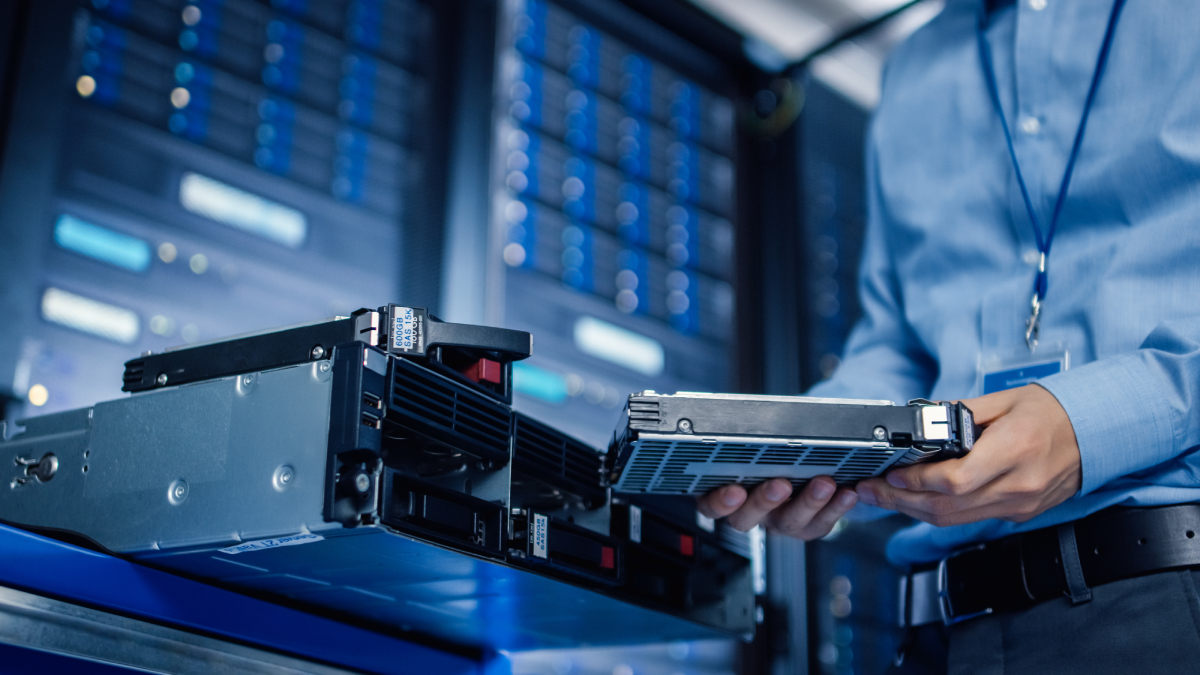Demand for hyperscale applications and the deployment of cloud computing business models continues unabated. In tandem, the environmental impacts of data centres on which these and our digital economy relies is accelerating, due to their insatiable appetite for compute resource.
This is not helped by the lifetime “embodied” carbon of new IT assets such as servers, storage and network equipment. Around 70 – 90% of this is already consumed before they even get installed, let alone power up. After all, there are all the sourcing of raw materials, component assembly, manufacture and transportation implications to be considered.
Equally sobering is what becomes of all that new IT equipment in a short space of time, perhaps only three to five years. The e-waste sector’s outlook is bleak as much more is getting dumped in landfill rather than recycled, creating toxic gases. Over 50 million tonnes of e-waste is generated globally each year – that’s around 350 large cruise ships – but less than 20% is formally recovered and recycled responsibly. With the mountain of waste growing each year, already valued at least £50 billion, it will reach 74 million tonnes by 2030. Staggering!
Compounding the problem, formal, responsible, recycling of equipment traditionally comes with a large carbon footprint, especially printed circuit boards (PCBS) which often travel thousands of miles to refineries in Africa and Asia to be incinerated. Much of the valuable material is lost and not recovered. There are up to 40 metals within the complex structure of PCBs, including gold, silver, copper, as well as many rare earth materials.
Scientists have warned some of these substances are running out due to their limited supply, their location in conflict zones and the high rate that technology is being discarded. Harnessing the power of nature, using BioTechnology to extract the valuable material within PCBs in an environmentally friendly way, must be the way forward – an area in which N2S is heavily involved.
Zero waste approach
While the data centre industry in general is clearly making huge strides in the race to net zero through energy efficiency and other areas of sustainability – such as the use of 100% renewable power, on-site generation of solar and wind energy, more efficient servers and cooling – there is still much more to be done in the end of life of the client’s technology.
A best practice zero-waste strategy is a priority, allowing more effective measuring and managing of IT asset lifecycles along with ensuring sustainable disposal of equipment which is finally beyond useful repair. This should be viewed as another string to the bow of the data centre industry, not a problem.
To maximise the sustainability of IT assets, enterprise businesses, data centre operators and service providers need to implement models around the circular economy. These should be geared to optimise hardware lifetimes to reduce overall embodied carbon levels. However, a circular economy only occurs when resources are kept in use for as long as possible, maximum value is extracted while in use, and materials are recovered and regenerated at the end of their useful life.
Environmental impact reporting is a vital part of keeping on track, for example with a tool such as a dashboard that demonstrates how an organisation is contributing to UN Sustainable Development Goals through more sustainable disposal of their IT. The reporting system should be based data around weight and the volumes of technology used, e.g. the amounts resold or recycled, using algorithms applied to base data which provide meaningful metrics that demonstrate environmental impact (savings and sustainability). And conversion of that data into actionable information which can be visualised.
Decarbonising the supply chain – from the mining of rare earth materials and precious metals for PCBs – through to component assembly manufacture is not the only benefit. At the same time, it allows businesses, data centres and other service provider organisations the opportunity to procure highly affordable, still perfectly fit for purpose hardware.
Done well, such an approach will significantly improve enterprise data centres’ and colocation facilities’ environmental profiles and support compliance with increasingly stringent Environmental, Social, and Governance (ESG) criteria.
Further benefits come from saving space rather than holding on indefinitely to equipment no longer required, not forgetting the PR value created in front of customers and employees, and even the financial returns from the proceeds of pre-used assets resold into the market.
Moreover, the Technology Channel needs to collaborate more, ironically around the ‘E’ in ESG (environment), especially with hardware and what happens next.


